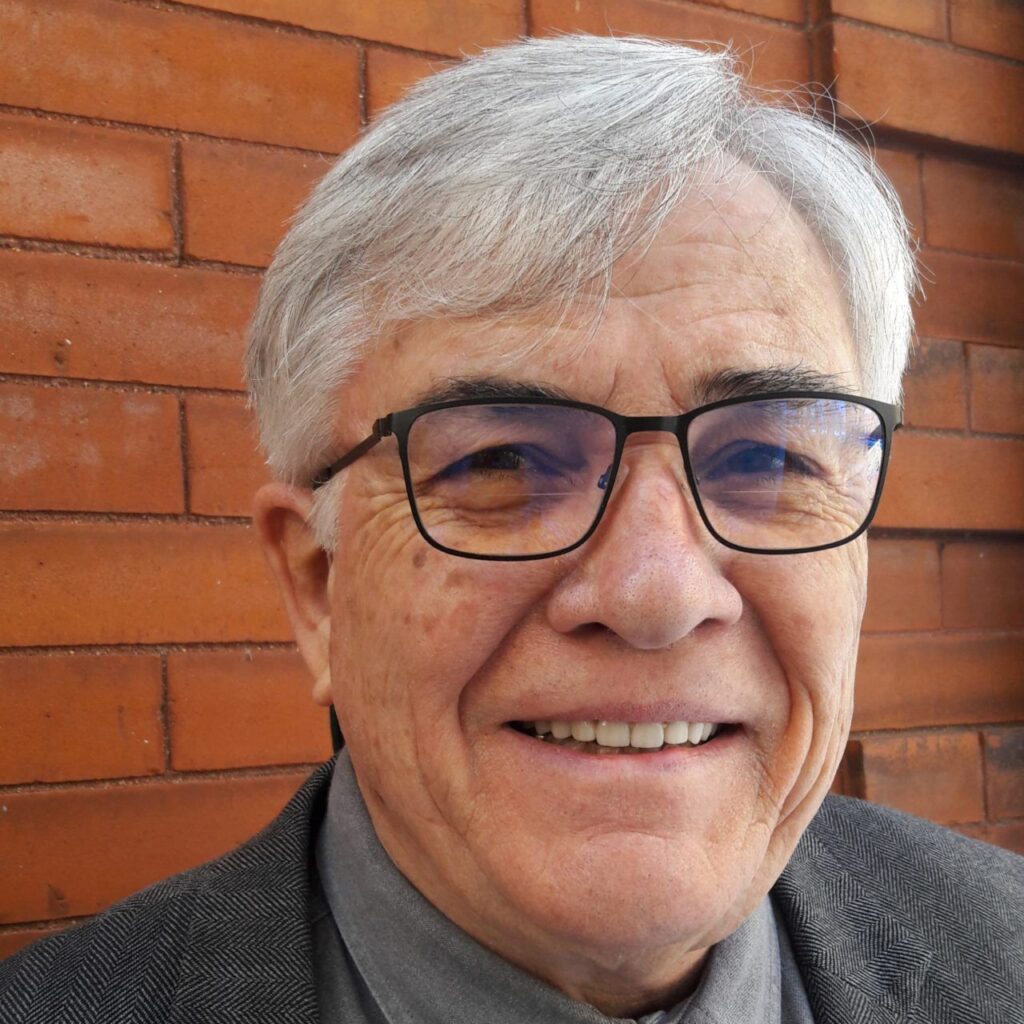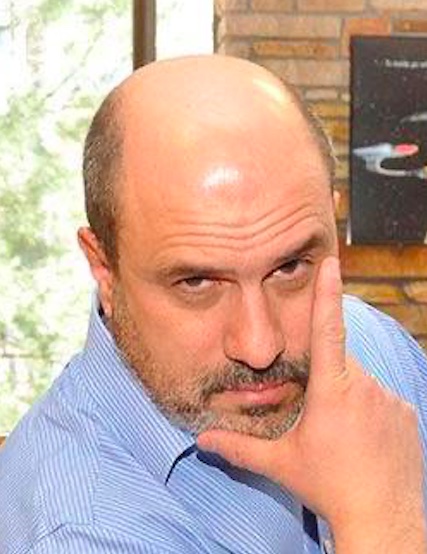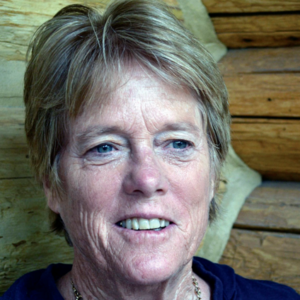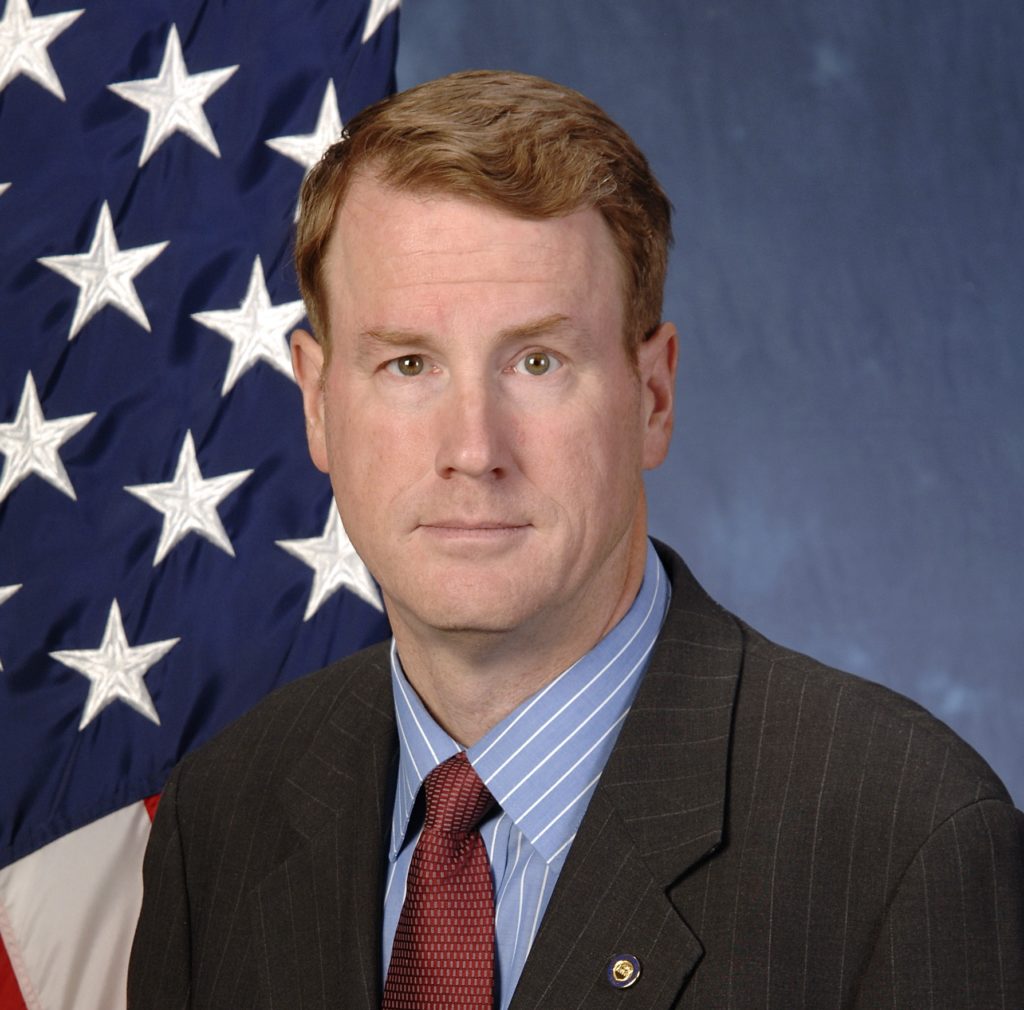The CIA — the mission and the challenges | CRONIN
President Harry Truman established the Central Intelligence Agency (CIA) in 1947 to prevent future Pearl Harbors and to deal with the developing threats of the Cold War.
He did not know this espionage agency would later topple foreign governments, assassinate people, operate overseas torture camps and frustrate virtually every president who came after him.
America has always had spies going back to George Washington’s revolutionary efforts just as political leaders have engaged in espionage work going back to ancient China and Greece.
Most Americans are understandably confused about the role of the CIA. We wish we lived in a world that didn’t need such an agency, yet most would reluctantly agree with the famed Machiavelli who way back in 1513 wrote “men who want to act virtuously in every way necessarily come to grief among so many who are not virtuous.”
Retired CIA officers say “like war, spying is a dirty business” yet just as a soldier’s job in war is to kill, spies and covert operatives are expected to capture enemy secrets and disrupt nefarious enemy operations.
Henry Kissinger, adviser to several presidents, said “covert operations should not be confused with missionary work.” Former CIA director Michael Hayden adds “Covert actions are always on the edge. They take place in a gray area — gray ethically, gray legally, gray operationally — they’re always out there on the outer edge of executive prerogative.”
Presidents have been challenged as they try to supervise the ever growing and largely secretive CIA — which is now just one of 18 federal intelligence bureaucracies.
Stay up to speed: Sign up for daily opinion in your inbox Monday-Friday
One of President John F. Kennedy’s worst decisions was going along with a CIA planned invasion of Cuba. He apologized to the nation and took responsibility but never trusted that agency again. George W. Bush relied on CIA information about Iraq that proved to be wrong. He later apologized for allowing the CIA to operate torture camps in Thailand, Poland and elsewhere.
President Trump believes the CIA is the capital of the deep state. He has said he thinks the CIA was probably behind the JFK assassination and he has faulted CIA intelligence on Russia and Iran. He says he is cutting personnel in the intelligence agencies, but he has authorized expanded covert cyber operations.
Those who want a deeper understanding of the CIA’s mission and its successes and failures should read a just published book by Pulitzer Prize and National Book Award writer Tim Weiner: “The Mission: The CIA in the 21st Century” (NY: Mariner, 2025). This is a likely best seller and will be carefully dissected by intelligence operatives around the world.
Weiner’s book admires many of the people at CIA and rightly notes most of its successes go largely unnoted and underappreciated. He suggests the CIA played a major positive role in ending the Soviet Union, bringing an end to Libya’s Muammar Gaddafi-led nuclear weapons program and alerting the United States and NATO of Vladimir Putin’s plans to invade Ukraine. Weiner mentions other successes as well. He salutes many courageous and dedicated analysts and counterterrorists who served our country.
Yet his book, building on decades of investigative reporting and interviewing about 100 former CIA officials, is generally critical of both presidents and the CIA.
Most presidents have tried to “reform” the CIA, strengthening its effectiveness and increasing its accountability to the White House and Congress. Yet presidents learn dealing with Russian and Chinese spies and hackers can be risky, expensive and frustrating.
Weiner’s excellent book shares several stories where CIA operations either backfired or violated its charter and constitutional precepts. Thus, it has spied on American citizens, killed American citizens, operated facilities that relied on torture, waterboarding and sadistic enhanced interrogation procedures presidents have had to apologize for — and for which the agency has been reprimanded. It has also occasionally collaborated with drug dealers, mobsters and unsavory assets and operatives.
Some writers suggest it is okay, at least on occasion, to walk with the devil until you have crossed the bridge. Yet Weiner asks whether people in the White House or our intel agencies understand where the line is, legally and morally, drawn.
Weiner quotes a senior counterintelligence official who is religiously devout, as saying “I spent my entire CIA career lying, cheating, stealing, manipulating, deceiving…” Such officers often believe, according to “just war” theories, just as it is morally sound for a soldier to kill in a just war it is equally permissible for CIA agents to do their work. As one put it, “If we’re going to defend our country against the evils that are out there, we can’t go out there with our hands tied behind our back. We’ve got to fight tough…”
The question is how tough is too tough? When do CIA agents cross the line.
Weiner raises questions about whether any of us know whether what we are doing may betray the basic values we are fighting for.
He also asks: what if an American president with authoritarian tendencies asks the CIA and other intel organizations to spy on domestic political rivals and American citizens?
Readers may be surprised Weiner suggests, “The officers of the CIA would be the only line of resistance. Unless they rebelled against him, the CIA would no longer be an intelligence service under the law, but a secret weapon wielded by a man above it.”
For those who want an instructive short course on the CIA, here are other books, a novel and three movies that splendidly supplement Weiner’s “The Mission.”
1. Allen W. Dulles, “The Craft of Intelligence” (Roman & Littlefield, 1963)
A history of the CIA’s founding and initial missions — insightful and self-serving accounts by one its famous longtime directors.
2. Henry A. Crumpton, “The Art of Intelligence” (Penguin, 2012)
Instructive accounts of how to recruit foreign assets and engage in clandestine counterterrorism by a justly admired CIA leader.
3. Norman Mailer, “Harlot’s Ghost” (Random House, 1991)
Prize-winning leftist writer gave us an overly long and convoluted yet brilliant fictionalized account of the CIA’s political and operational culture in the 1950s and 1960s. CIA officers questioned some of its exaggerations yet loved it.
4. “Charlie Wilson’s War” (2007)
An Aaron Sorkin-directed movie staring Tom Hanks. Tells how a Texas congressman teamed up with CIA to wage a successful, largely secret, war helping the Islamic Mujahideen in Afghanistan oust the Soviet Union in the 1980s.
5. “Zero Dark Thirty” (2017)
Haunting and disturbing thriller depicting a dogged CIA operative (played by Jessica Chastain) who “does what it takes” to obtain information that led to the capture of Osama bin Laden. The film suggests her efforts were key to his capture. CIA brass downplayed the movie’s narrative, saying this was just one of many factors. Movie was a box-office hit.
6. “The Report” (2019)
This was a low budget box-office failure. But is an important film sharing the painstaking investigation by the U.S. Senate into unauthorized CIA torture activities during the George W. Bush administration.
The CIA hated this investigation, tried to undermine it and has succeeded in preventing the final Senate report from being publicly released. Actor Adam Driver does a fine job, and the movie raises tough questions.
Read these books and view these films. Then ask: What type of intel agencies do we want, do we need? And how do we ensure they serve the best interests of the American people and the American experiment?
Tom Cronin writes regularly about state and national politics and is the co-author of the just published “The American Politics Film Festival” (Macmillan, 2025).











